In July 1946, J. Loy Harrison employed two young African-American couples as sharecroppers on his farm in Walton County, Georgia. They were George W. Dorsey (born November 1917), a veteran of World War II who had been back in the United States less than nine months after having served nearly five years in the Pacific War. He was married to Mae Murray Dorsey (born September 20, 1922), who was then seven months pregnant. The other couple was Roger Malcom (born March 22, 1922) and his wife Dorothy (born July 25, 1926).
On July 11 Roger Malcom had allegedly stabbed Barnette Hester, a white man; Malcom was arrested and held in the county jail in Monroe, Georgia, the county seat. On July 25, Harrison drove Malcom’s wife Dorothy and the Dorseys to Monroe, where he personally posted the $600 bail for Roger Malcom to be freed. At the time, Hester was still hospitalized from his wounds.
Harrison then drove with the two couples back to his farm. At 5:30 p.m. that day, he was forced to stop his car at the bridge between Monroe and Watkinsville, where the road was blocked by a gang of 15 to 20 armed white men. According to Loy Harrison:
“A big man who was dressed mighty proud in a double-breasted brown suit was giving the orders. He pointed to Roger Malcom and said, ‘We want that nigger.’ Then he pointed to George Dorsey, my nigger, and said, ‘We want you, too, Charlie.’ I said, ‘His name ain’t Charlie, he’s George.’ Someone said ‘Keep your damned big mouth shut. This ain’t your party.'”
Silently, Harrison watched. One of the black women identified one of the assailants. The mob took both the women to a big oak tree and tied them beside their husbands. The mob fired three point-blank volleys. The coroner’s estimate counted sixty shots fired at close range. They shot and killed them near Moore’s Ford Bridge spanning the Apalachee River, 60 miles east of Atlanta. After Mae Murray Dorsey was shot, her fetus was cut from her body with a knife.
The lynchings captured national attention and generated outrage. President Harry S. Truman created the President’s Committee on Civil Rights. The Truman administration introduced anti-lynching legislation in Congress, but was unable to get it passed against the opposition of the southern Democratic bloc.
The Beating of Lamar Howard
At about four o’clock on January 1, 1947, brothers James and Tom Verner walked into the municipal ice house, briefly speaking with plant manager, Will Perry. When the pair walked to where Lamar Howard was sitting, Tom Verner slapped the young man’s cap onto the floor. James asked him, “What did you tell ’em down at Athens?” To which he replied he knew nothing to tell them. They started to attack him. Howard’s employer, Will Perry, allegedly suggested the two “take him out in the back.”
The men continued beating Howard while questioning him. The beating concluded after 10 or 15 minutes with no resistance from Howard, as he feared he would be killed. When the Verners stopped, Howard got to his car and drove home. U.S. Attorney John P. Cowart arrested the Verner brothers and charged them with “unlawfully injuring Golden Lamar Howard because of his having testified before a federal grand jury” and “conspiring to injure” him. The Verners’ $10,000 bonds were signed by H.L. Peters of Walton County, who put up 316 acres (1.28 km2) of land as security.
Verner acknowledged he had beaten Howard until his fists were bloody. His brother testified, as did other witnesses, who stated James Verner committed the crime for which he was charged. Despite the testimony, the jury struggled in deliberation for nearly two hours before rendering a verdict of not guilty.
source:
https://en.wikipedia.org/wiki/1946_Georgia_lynching

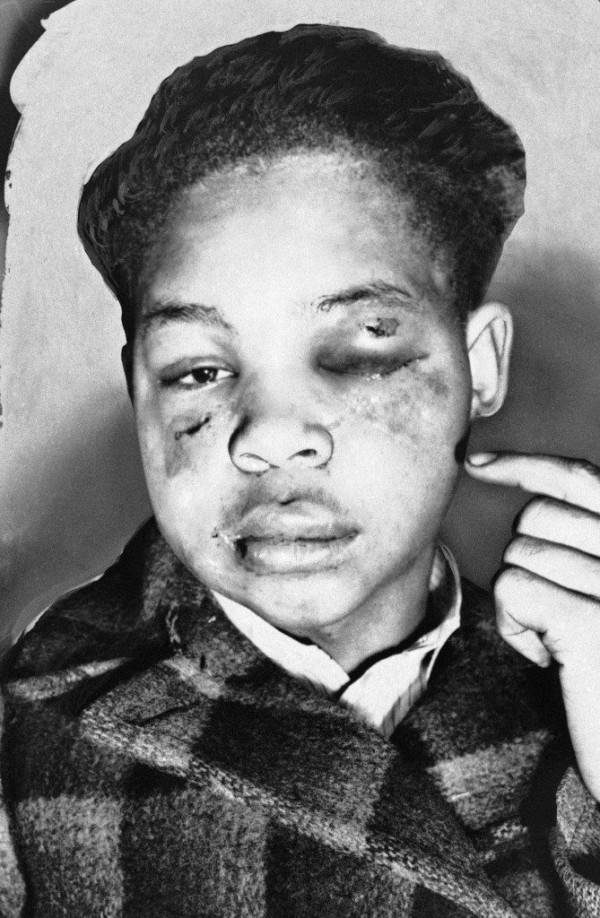




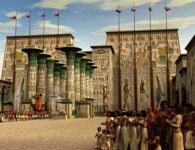
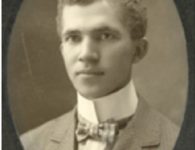
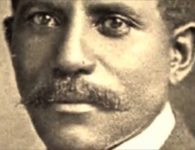
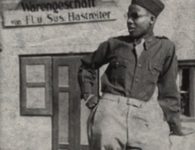
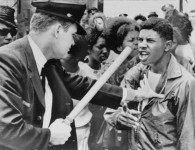
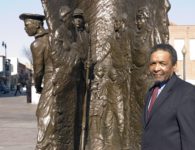

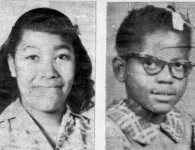

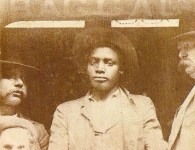
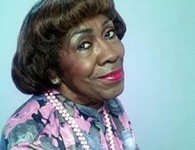

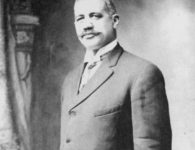
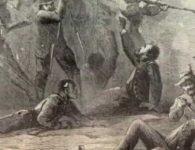

2 Comments
How Long Can You Take Keflex Vrai Viagra En Ligne
Viagra Quel Prix Discount Secure Ordering Stendra Avanafil Next Day Internet Dolore Testicoli Finasteride Propecia Buy Alli Starter Pack